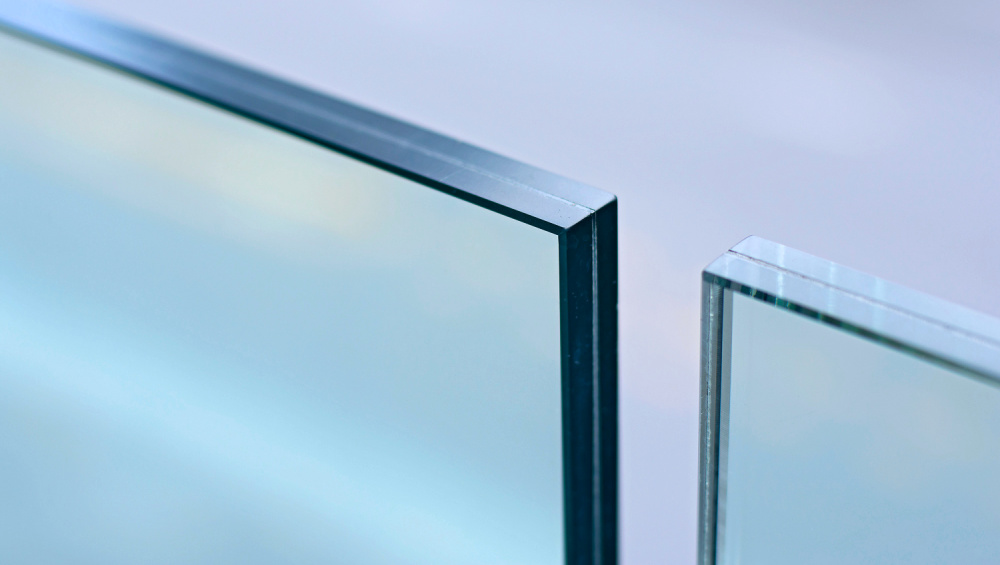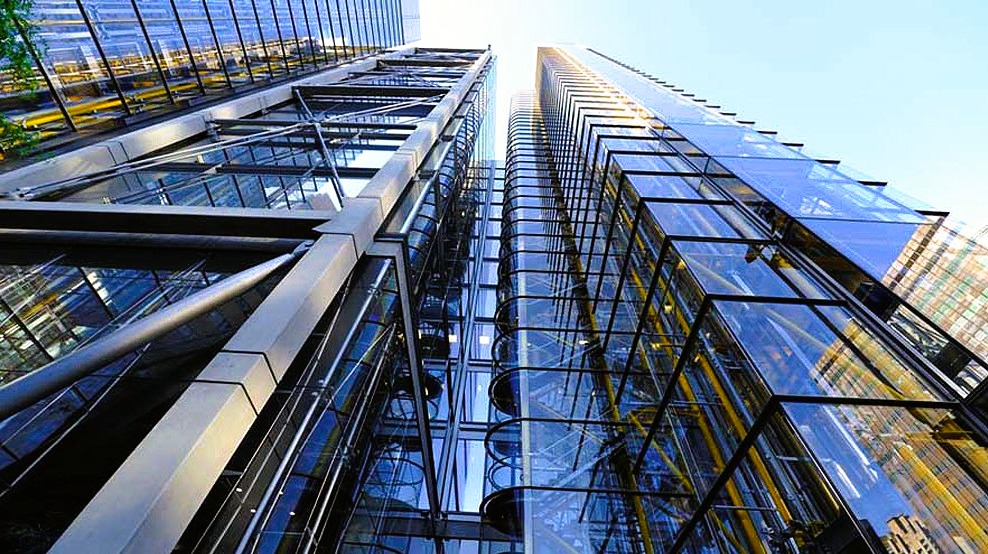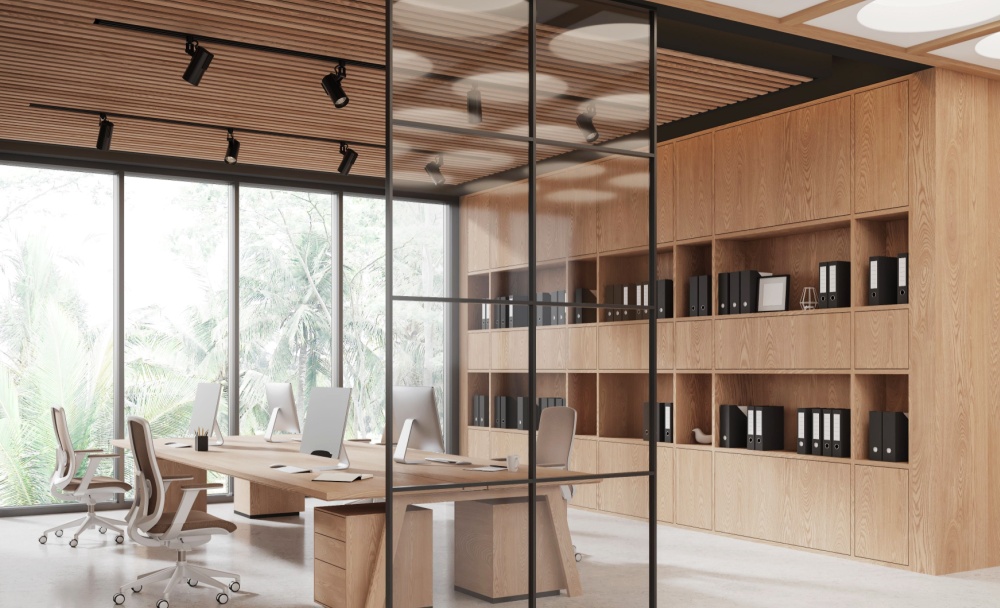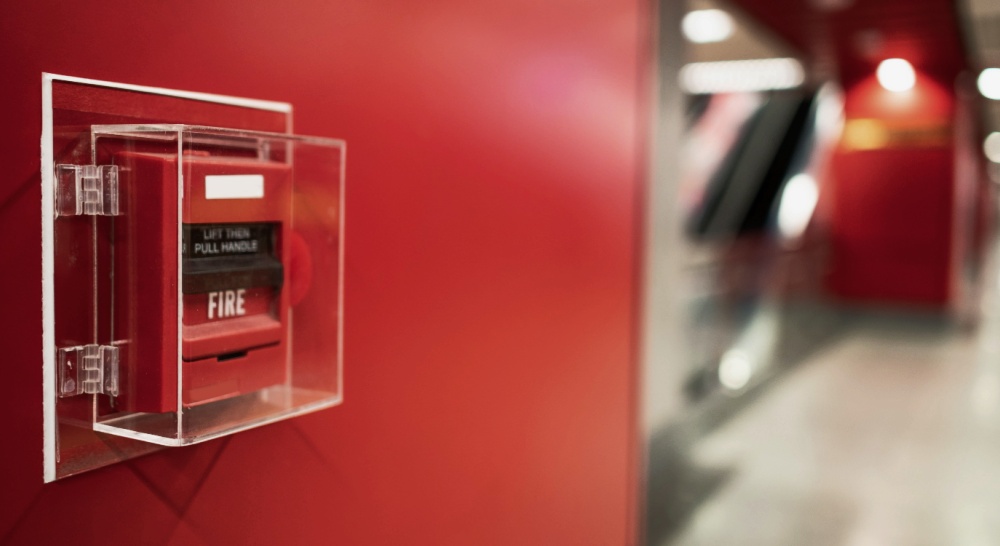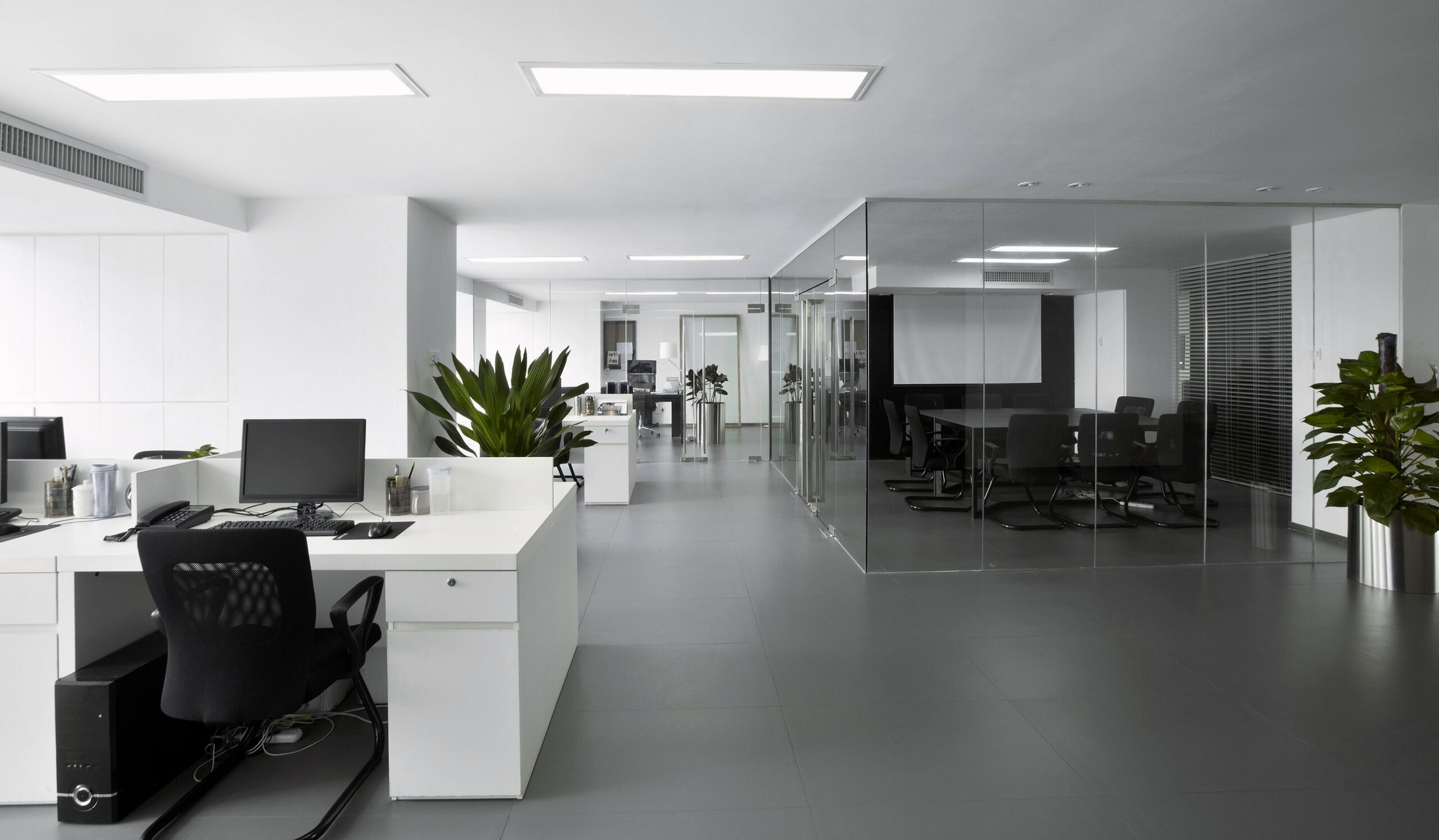How do insulated glass partitions work?
Transparent glass is frequently used throughout architecture and interior design, thanks to its unique combination of practical and aesthetic qualities – but there are different types of glass that are more suitable for different uses.
The type and thickness of the glass you should use depends on where it will be installed and the standards it needs to meet. For example, a basic pane of glass works well enough in some situations, but single glazing isn’t always the most robust option – and it typically offers neither heat insulation nor sound insulation.
If you’re looking for a glass partition system, and want a more sustainable glazing option that can help to reduce energy consumption, then insulated glass partitions could provide the perfect solution for your business or residence.
Rather than just using a single layer of glass, no matter how thick, using two layers of glass can create an insulating layer in the middle – whether this is a narrow gap that traps air or another layer of transparent material that helps to retain heat and absorb sound vibrations. The frames of these systems also use sealing methods with insulation in mind.
So, for a more peaceful and energy-efficient office or home, which insulated glass partitions can you choose from?
Double-glazed partitions
Double glazing is just what it sounds like – using two sheets of glass. A narrow space between the panels can be filled by a gas or vacuum to enhance the insulation, slowing the transfer of heat from one side to another.
Despite being obviously thicker than single glazing, double-glazed partitions still have a slim profile, allowing them to fit into settings of all kinds and sizes. Aluminium and timber framing options blend in and create a productive environment for offices, hotels, educational or healthcare facilities, public or commercial spaces, and more.
At Glass Interiors, we work with DG70 and TG90 double-glazed systems. The former offers toughened glass in 10–12mm or toughened laminated glass in 13.5mm, while the latter is available in toughened glass from 10–15mm or toughened laminated glass in 13.5mm–17.5mm.
The thicker and stronger the glass, the better its insulating properties will be – especially if the glass is laminated, which features two panes sealed together with an inner layer of clear resin material.
Acoustic glass partitions
When most people think of insulation, they’re probably thinking about trapping heat to maintain a comfortable temperature. Insulated glass does offer this, but it can also provide the benefit of sound insulation – reducing noise pollution by slowing and diffusing the transmission of sound.
Privacy is key in many situations, such as confidential meetings with staff or clients, and a quiet yet ambient atmosphere is important in allowing people to work effectively. Acoustic glazing alleviates these concerns by reducing sound transfer.
Even single-glazed systems can achieve noise reduction up to 44dB if acoustic glass partitions are used – a specific type of glazing system that’s designed to muffle sound, whether airborne or impact. However, our D70 system uses 10.8–12.8mm acoustic glass that can reduce noise up to 45dB.
For settings that require higher levels of sound protection, our TG90 Dribond® system is available in three thicknesses, up to 16.8mm, capable of achieving acoustic insulation up to 55dB. The frame sections have an extra glazing pocket that allows for triple-glazed partitions, contributing to a higher level of both sound and thermal insulation.
Fire-rated glass partitions
Another type of insulated glazing that can play an essential part in building safety is fire-rated glass. The use of fire-rated glazing is carefully regulated to ensure that buildings of certain sizes and layouts can provide sufficient fire escape routes – as covered in Approved Document B for fire safety and Approved Document K for safety glass.
This kind of glass is comprehensively tested to give it integrity ratings, which set out the minimum length of time that the glass can withstand specific conditions in the event of a fire. Some fire-rated glass is designed to prevent the transfer of heat, while some can also prevent the transfer of smoke and hot gases – in both cases, allowing more time for evacuation.
Our fire-rated glass partitions use Pyranova® 30 in thicknesses of either 15mm or 18mm for screens and doors, with ratings of E30, EI30, or EI60 available. Being thicker and providing more insulation than standard glazing systems, whether single or double glazed, they can also offer sound protection up to 62dB with our TG100 systems.
Looking for insulated glass partitions?
If you’re searching for glass partitions that do more than just look good as aesthetic space dividers, we can help. Here at Glass Interiors, providing bespoke glazing systems is what we do – so you’ve found the right people to help you choose the best insulated glass screens and doors for you.
Not only do we offer a variety of glazing options with a range of insulation qualities, but we also offer a selection of frames, finishes, and even manifestations to make sure your glass partitions completely meet the needs of your space.
To find out more, browse our website today, or get in touch with the Glass Interiors team to start discussing your requirements as soon as possible – simply call us on 0203 793 5455 or send an email to info@glass-interiors.co.uk.


